Delights of Hikone
| Travel Reports by Chashitsu | view profile of Chashitsu |
| previous post |
| next post |
| Note: The opinions and views expressed in this user report are those of the individual author and do not necessarily reflect the opinions and views of japan-guide.com. |
April 17, 2016 - Delights of Hikone
I went with a group in 2002 on a coach day to Hikone and saw the gardens and Ryotan-ji temple but not the castle. I decided to visit Hikone again to see those places I had missed on the first visit. Hikone is a town of 110,000 population on the shores of Lake Biwa with a magnificent original castle, which is only one of four designated as national treasures with an adjacent garden at the foot of castle hill. All the main sights are in easy walking distance of another. After visiting the tourist information office with itfs statue of Ii Naomasa opposite, I set off for Ryotan-ji temple in the nearby hills. Being a little uncertain of my whereabouts in the back streets I asked the way and was taken by car for the last half kilometre ? the kindness of strangers!
Ryotan-ji is one of Hikonefs principle temples founded in the 8th century and eventually adopted as the Ii family temple. Ii Naomasa fought alongside Ieyasu Tokagawa in the battle of Sekigahara in 1600 and became one of the top generals and was rewarded with the honour of Lord of Hikone, which remained in the family for several hundred years. Ii Naomasa wore red battle armour and was a fearsome warrior, known as the red devil. Ryotan-ji temple has a dry landscape garden to the east modelled on Fudaraku mountain, the spiritual home of Kannon, the Goddess of Mercy and is seen against the backdrop of a raised, roofed corridor. The harmony between the raked white sand and the green moss encourages the viewer to reflect on the role of nature. The south garden has a pond and waterfall with a turtle island and although rather small in size, it is surrounded by the verdant hillside. The north garden is somewhat flatter with rocks, moss and various plants. The tea house is of traditional design but has a striking red ochre coloured plaster.

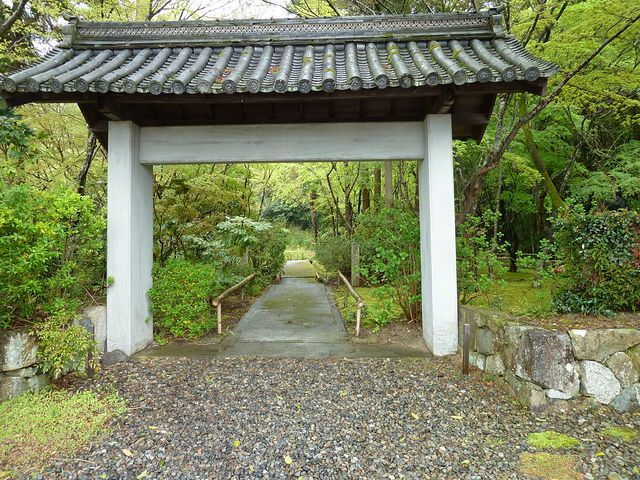
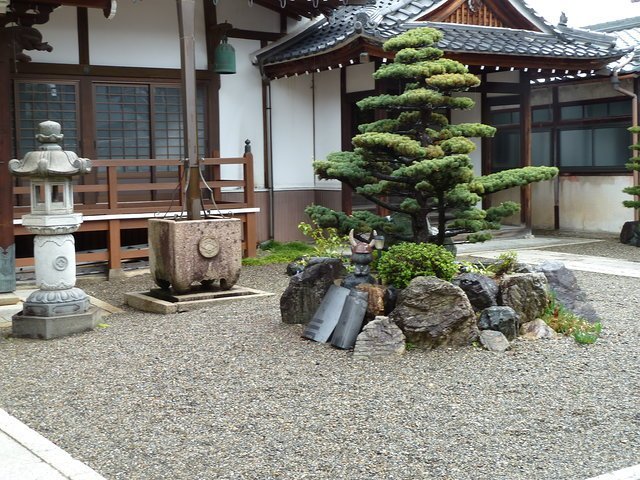
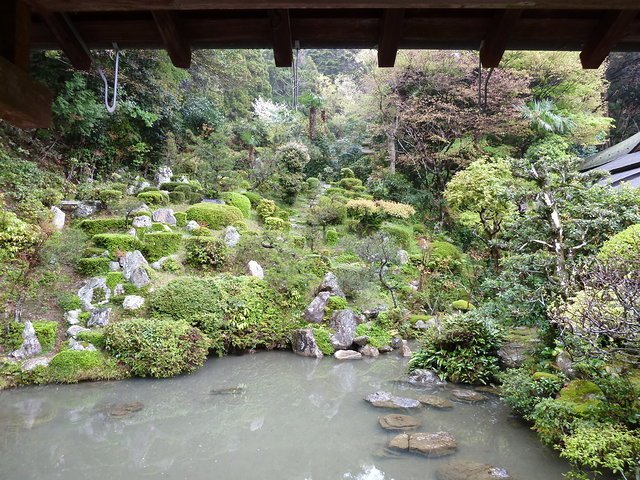
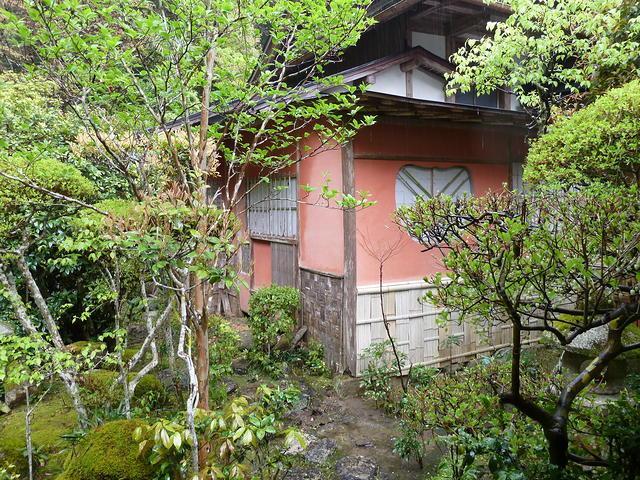
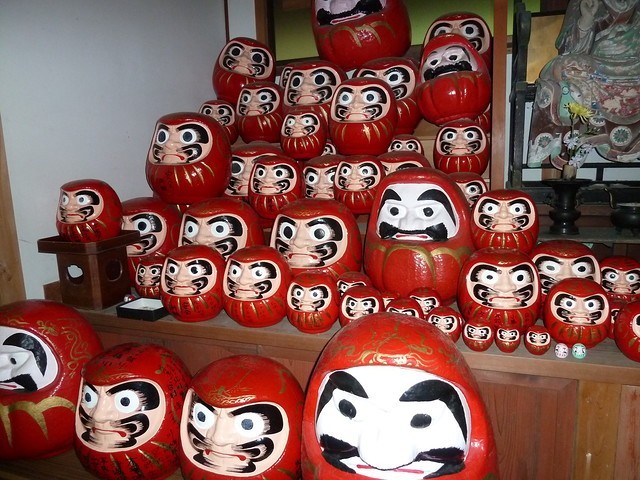
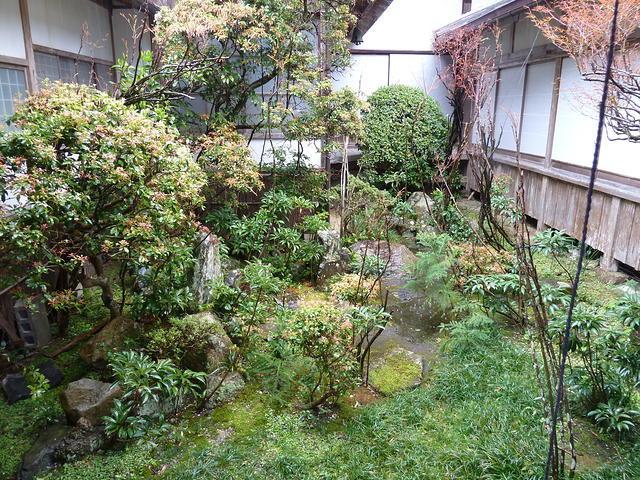
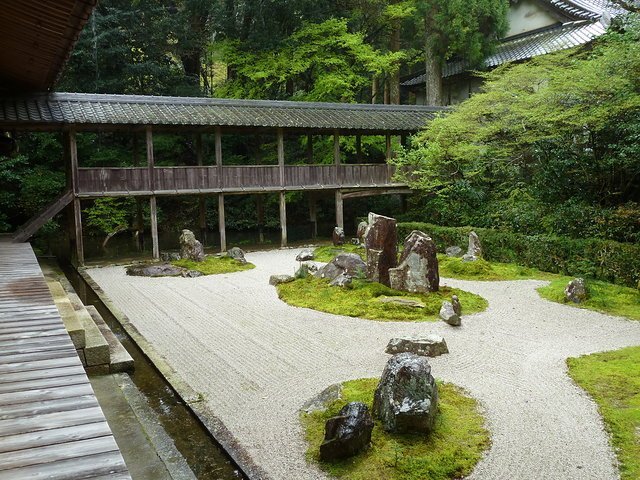
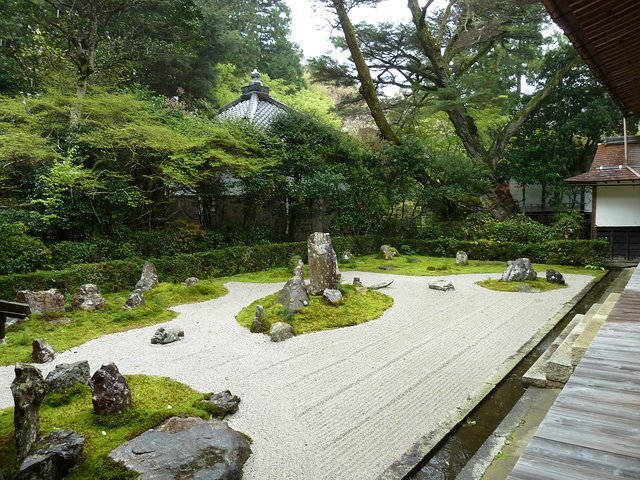
Next door is Seiryo-ji temple, with a long association with the Ii family, housing their private cemetery in the grounds. The temple has some interesting buildings but is not open to the public.
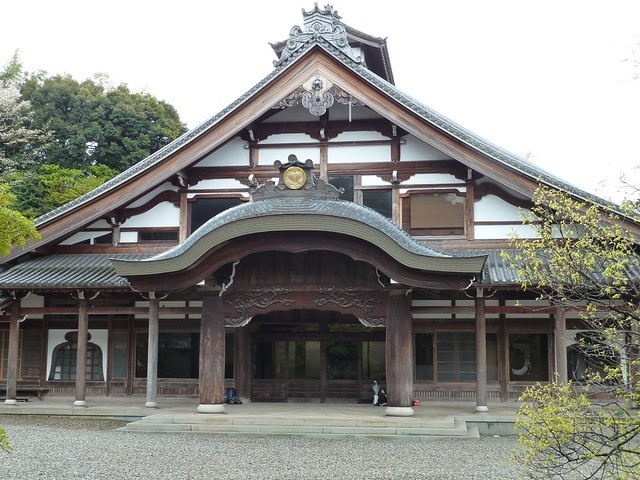
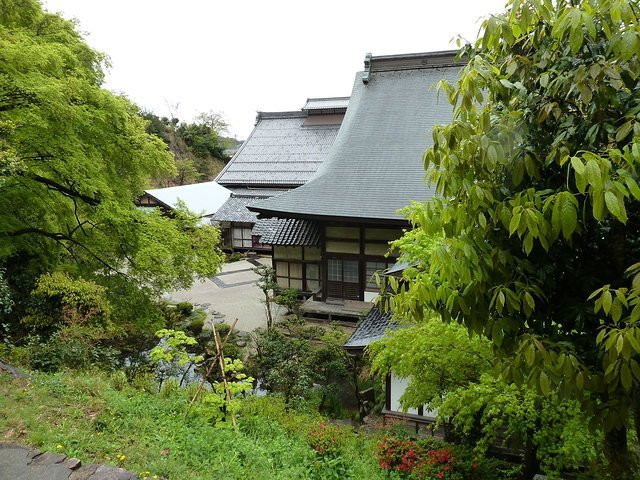

I headed back towards the castle but stopped to visit the Umoregi-no-ya Lodge where Ii Naosuke resided for some 20 years in the 19th century studying and practising martial arts. He became involved politically and was promoted to Chief Minister of the Tokugawa government at the time of Commander Perryfs demands to open up Japan for trade and oversaw the subsequent Agreement. He was eventually assassinated by samurai of his political opponent Lord Mito.
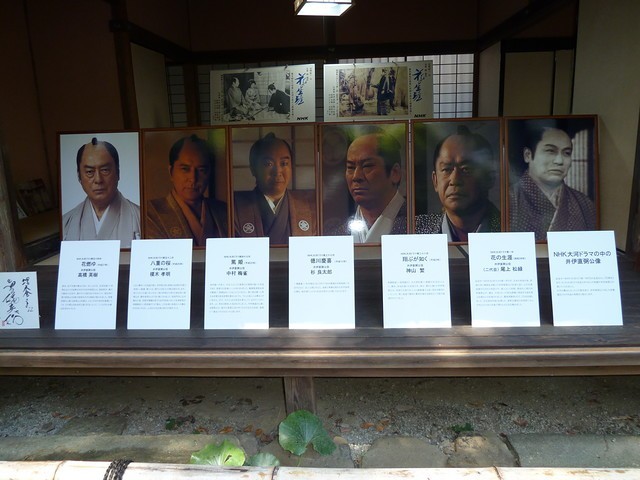
The Umoregi-no-ya Lodge is adjacent to the outer castle moat with the road leading through the outer gate, passing the stabling block for 21 horses and climbing up the steep steps to the Tenbin Yagura. Itfs twin towers straddling the wooden bridge, crossing the inner bailey into the castle. The castle has impressive gates and three yagura (guard towers) that can be entered. The Edo period castlefs main keep is small at three storeyfs high; it has bell shaped windows and the gabled roofs are particularly attractive. It has many gun and arrow slits in itfs walls, most carefully hidden from view and some covered with a thin outer plaster layer. It is an original hilltop castle (one of only twelve) and one of four castles designated as National Treasures; one of the best castles giving a feeling of what Edo period castle life was like.
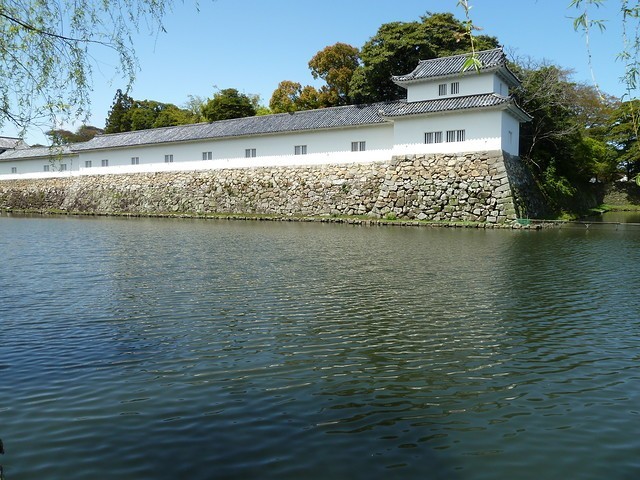
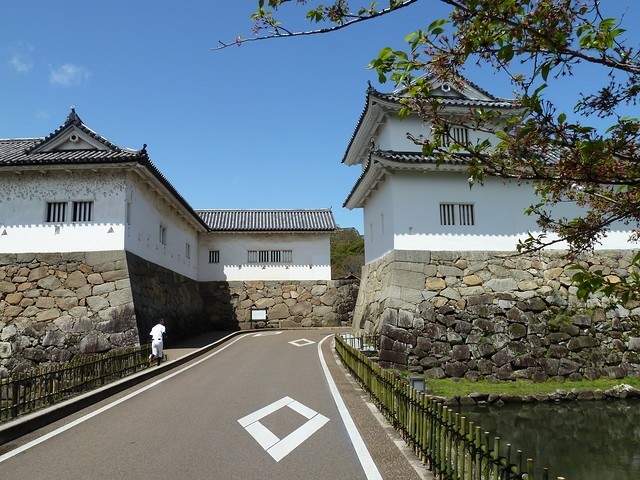
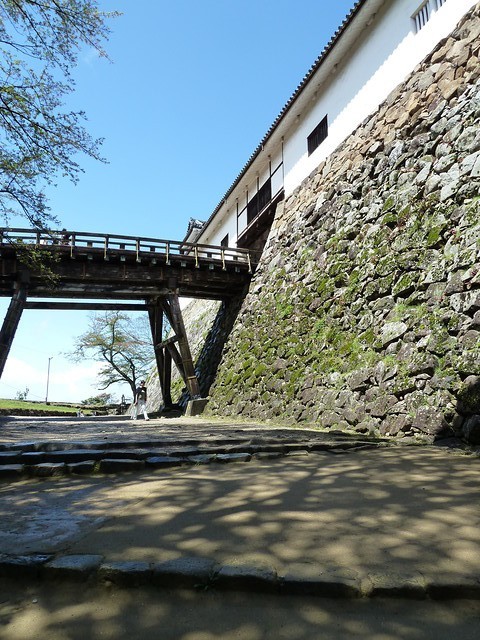
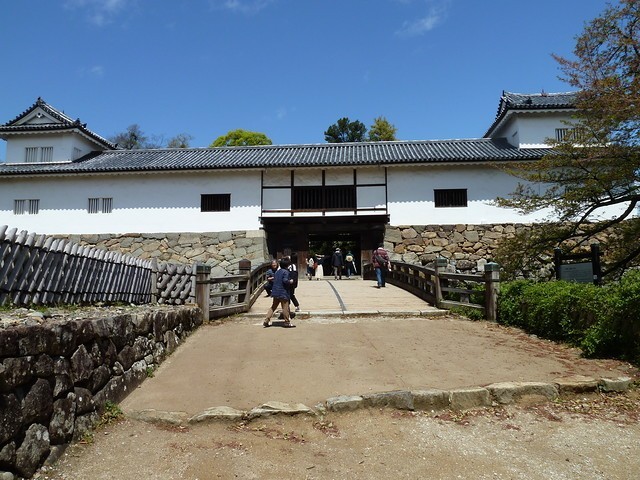
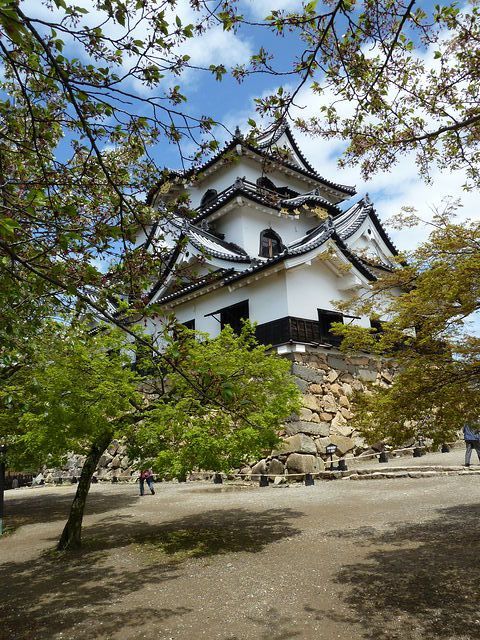

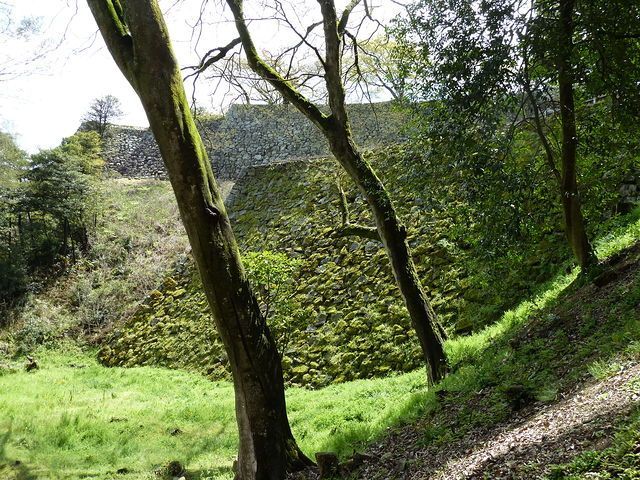
The exit from the Kuro-mon gate takes you past the Rakuraku-en palace, which was the Lord of Hikonefs residence and is currently under renovation, to the Genkyu-en garden, used for relaxation and entertainment. Genkyu-en is a stroll garden around a lake with four islands connected by arched bridges and a cluster of buildings in one corner. This includes a tea house where one can still take tea whilst admiring the view over the lake. A particularly delightful garden.
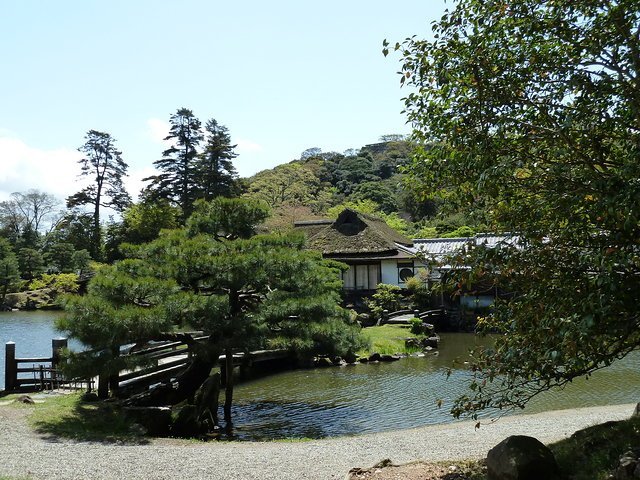
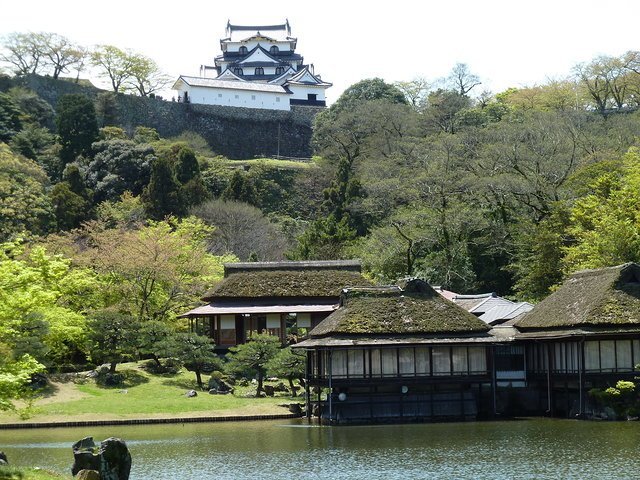
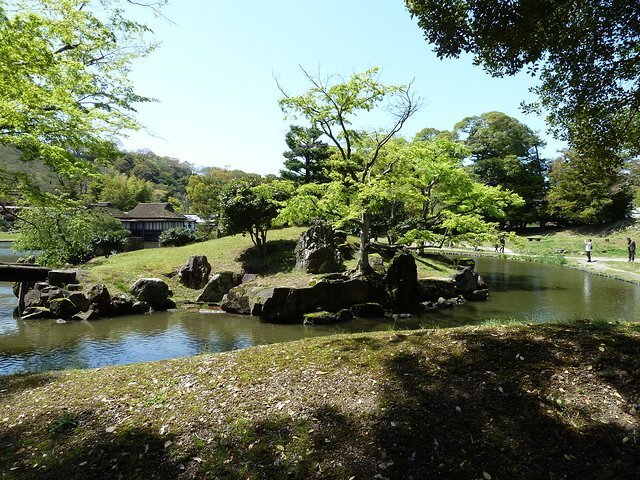
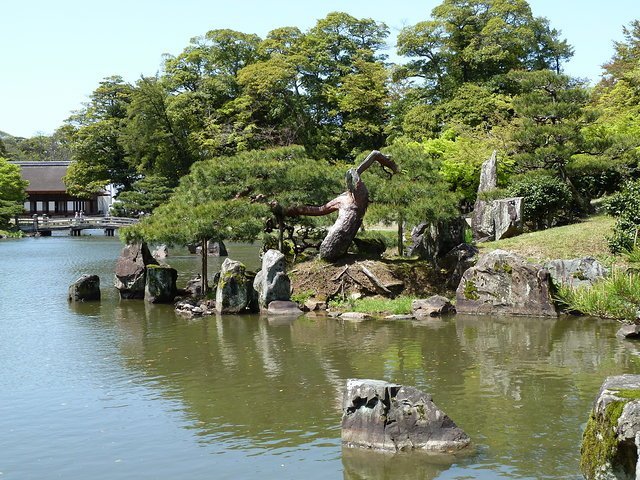

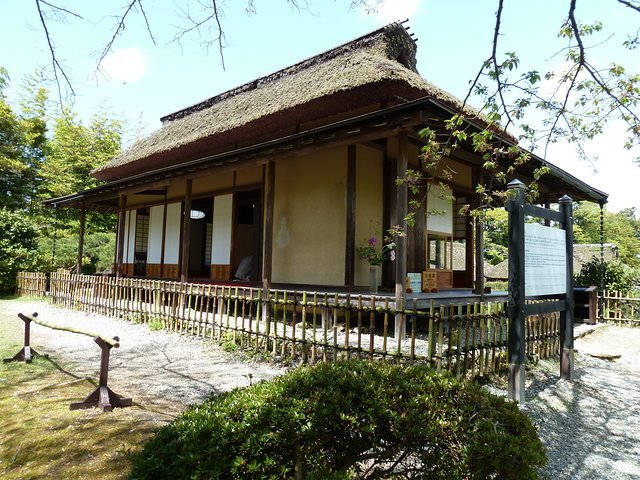


In the hills to the west of the station is Myogen-ji temple, an Edo period temple, whose red gate was moved from Sawayama castle (a run down predecessor of Hikone castle). It still has holes made by arrows when the Sawayama castle was attacked. The main hall has been recently re-built.
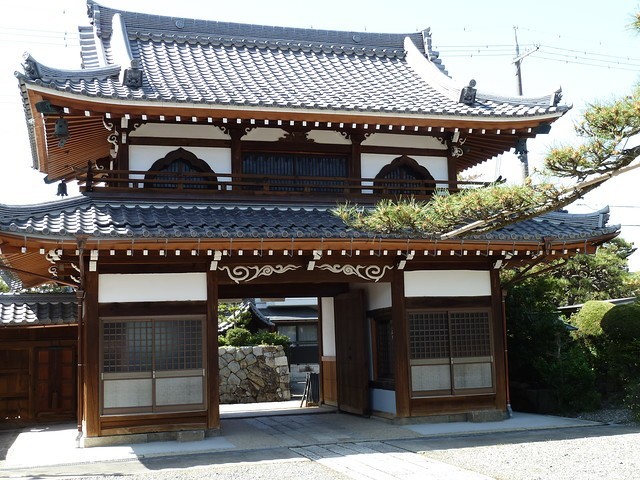

Nearby is Tennei-ji temple some 200 years old with 500 wooden rakan statues - images of Buddhafs disciples. It has a large rock garden designed to help open the heart and mind to thinking about Buddhafs teaching; the large brown rock represents Buddha surrounded by 16 principle disciples. The grounds contain a memorial to Ii Naosuke.
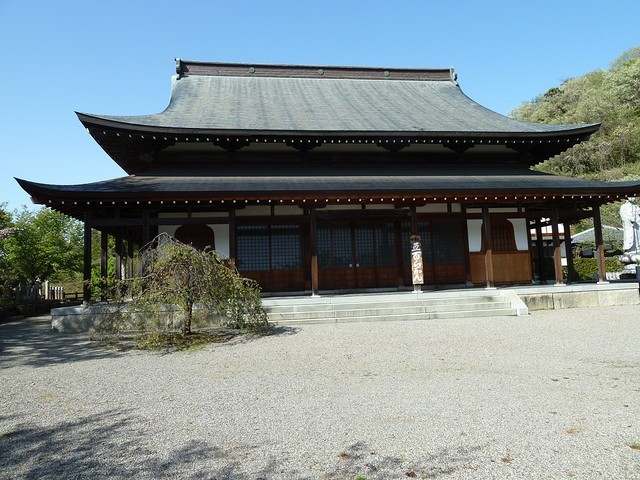
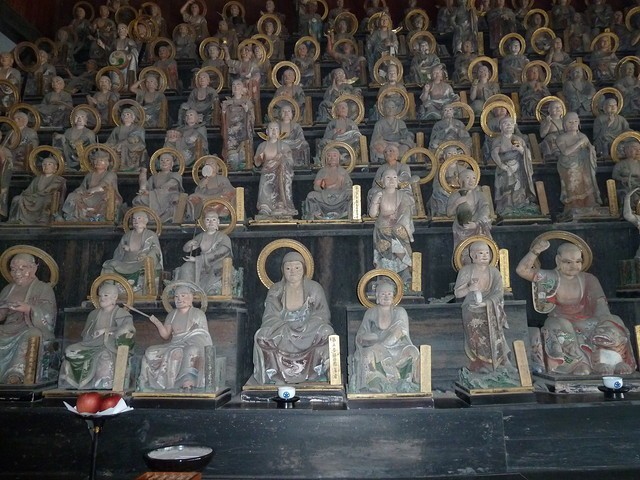
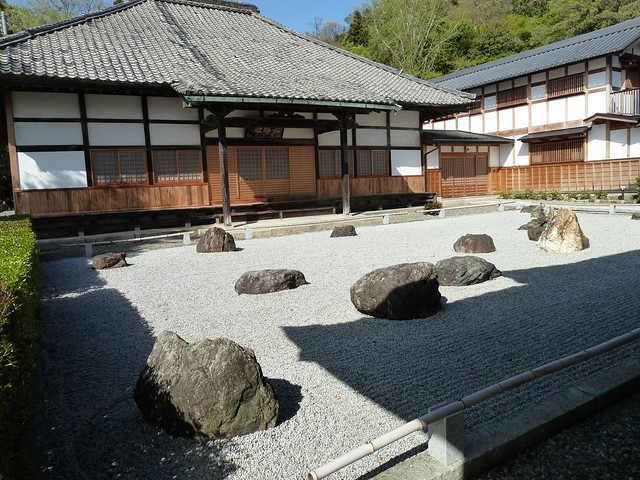

| previous post |
| next post |
|
List of Posts:
2017/07/25 - Japan's tectonic landscape reflected in the gardens 2017/07/15 - Flora of Japan 2016/04/27 - Time in Asakusa 2016/04/25 - Kakunodate 2016/04/23 - A Thousand Cranes 2016/04/22 - Castle in the Clouds 2016/04/21 - The beauty of Koraku-en 2016/04/20 - Far from the Madding Kyoto Crowds - Part 1 2016/04/20 - Far from the Madding Kyoto Crowds - Part 2 2016/04/18 - A Day in the Mountains 2016/04/17 - Delights of Hikone 2016/04/16 - Nara Revisited 2015/01/03 - Kamakura temples and gardens 2015/01/01 - Takayama Temple Trail 2014/12/29 - Kurama - Kibune hiking trail 2014/11/10 - A visit to Himeji 2014/11/05 - Shigemori Mirei - The Rebel in the Garden 2014/11/04 - Arashiyama and nearby sights 2014/11/03 - The less visited sites of Nara 2014/11/03 - The gems of Matsue 2014/10/31 - Agon-shu Monastery 2014/10/30 - In the footsteps of the Shogun 2014/10/30 - Tale of the Genji |
